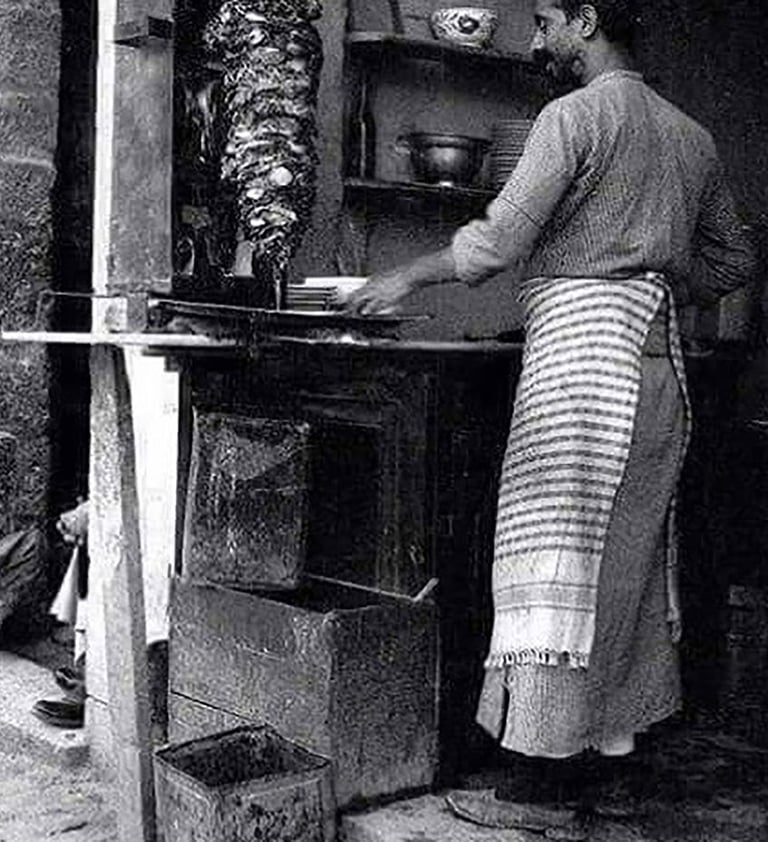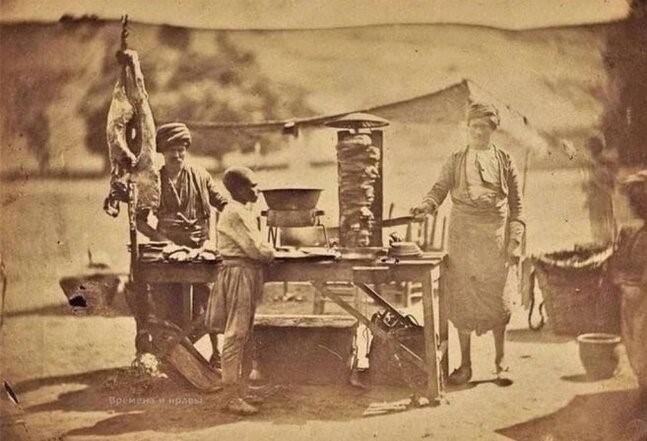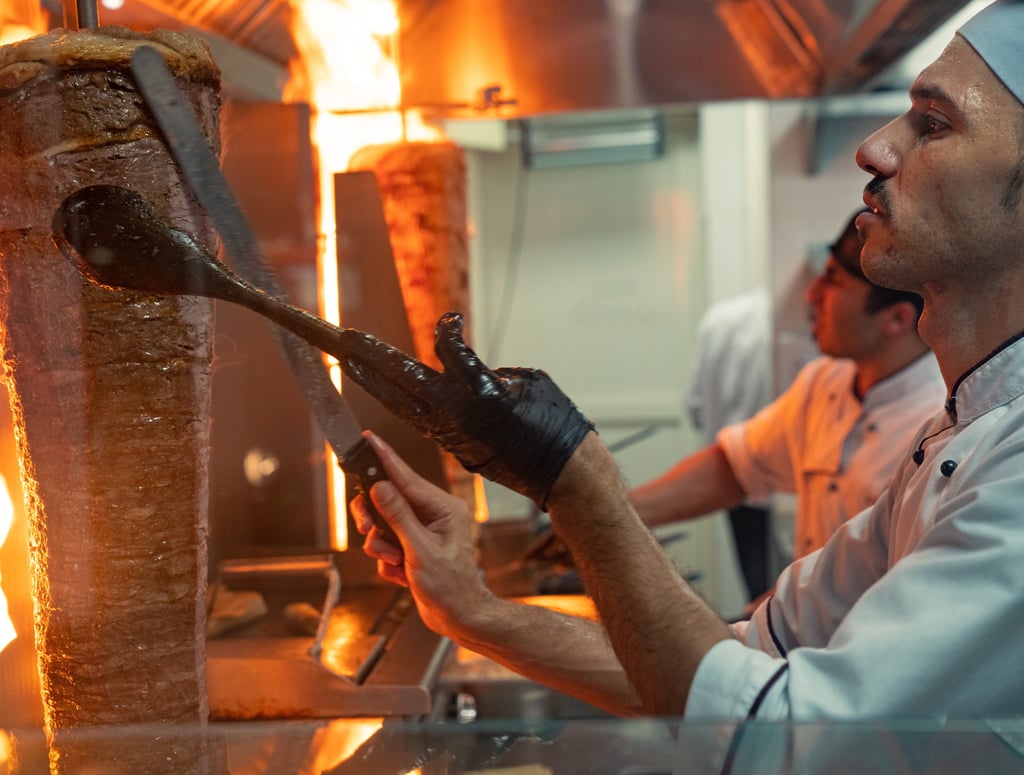
The History of Shawarma: From the Ottoman Empire to Dubai
Shawarma, one of the Middle East’s most iconic street foods, carries a rich history that spans centuries and empires. What began as a slow-roasted delicacy in the kitchens of the Ottoman Empire has evolved into a global culinary phenomenon, and a beloved staple in the heart of Dubai’s vibrant food culture. In this article, we take a flavorful journey through time, exploring the origins of shawarma, its cultural transformations, and how it came to symbolize both tradition and innovation in modern day Dubai.
2/1/20241 min read


Shawarma has come a long way from the grand kitchens of the Ottoman Empire to the vibrant streets of Dubai. Originally developed in the 19th century as a vertical spit-roasted meat, shawarma was a culinary innovation that reflected the region’s mastery of spice blending, slow cooking, and communal dining traditions.
In Syria, it evolved into something truly unique: thinly sliced marinated meat layered with garlic sauce, pickles, and fries, all wrapped in warm flatbread. At Shawarma Abu Al Abid, we carry that legacy forward with every wrap we make, staying true to our Damascus roots.
Today, shawarma isn't just street food, it's a symbol of comfort and familiarity, a taste that unites generations. And in our kitchens, history meets flavor in every turn of the spit.
Early 1900s - Al-Marje, Damascus, Syria.


The first photo of shawarma. The Ottoman Empire. 1855




Come To Abu Al Abid!
Where every bite tells a story of the Levant.
© 2025. Shawarma Abu Al Abid. All rights reserved.
